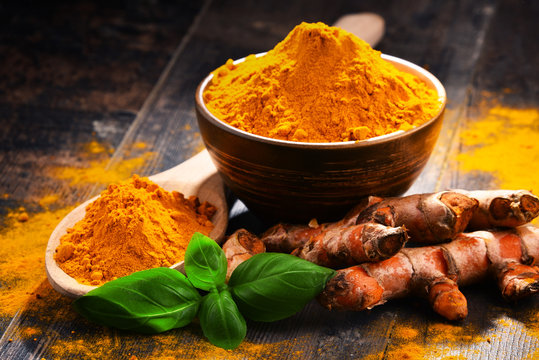In a world filled with superfoods and wellness trends, one spice has consistently stood out for its remarkable health benefits and rich agricultural history – turmeric. Known as the “Golden Spice,” turmeric has been cultivated and cherished for centuries across diverse cultures. In this post, we’ll delve into the agricultural roots of this vibrant plant and explore the numerous ways in which incorporating turmeric into your diet can promote better health.
The Agricultural Background of Turmeric:
Origin and Cultivation: Turmeric (Curcuma longa) is a flowering plant belonging to the ginger family, native to the Indian subcontinent. It thrives in tropical regions with well-drained soil and plenty of rainfall. The plant’s rhizomes, which resemble ginger roots, are the primary source of the spice. Turmeric has been cultivated for over 4,000 years and holds a prominent place in the traditional agriculture of India and Southeast Asia. For more during our free medical outreach, contact us
Cultural Significance: Turmeric is deeply woven into the cultural fabric of these regions. It is not just a spice but also used in religious ceremonies, as a dye for clothing, and for its medicinal properties. In Ayurvedic and Traditional Chinese Medicine, turmeric is revered for its healing properties.For more during our free medical outreach, contact us
Health Benefits of Turmeric:
- Anti-Inflammatory Powerhouse: Turmeric contains curcumin, a bioactive compound with potent anti-inflammatory properties. Chronic inflammation is linked to numerous diseases, including heart disease, cancer, and neurodegenerative conditions. Incorporating turmeric into your diet can help combat inflammation and reduce the risk of these diseases.For more during our free medical outreach, contact us
- Antioxidant Protection: Turmeric is rich in antioxidants that neutralize harmful free radicals in the body. This antioxidant activity can help slow down the aging process, protect cells from damage, and potentially lower the risk of chronic diseases.
- Joint Health: Curcumin’s anti-inflammatory properties may provide relief for individuals suffering from arthritis and joint pain. Many people use turmeric supplements or add turmeric to their meals to alleviate symptoms and improve joint mobility.For more during our free medical outreach, contact us
- Digestive Aid: Turmeric can aid digestion by stimulating bile production and reducing bloating. It may also soothe symptoms of indigestion and irritable bowel syndrome (IBS).For more during our free medical outreach, contact us
- Brain Health: Some studies suggest that curcumin may have neuroprotective effects and could help delay or even reverse brain diseases like Alzheimer’s. While research is ongoing, adding turmeric to your diet certainly won’t hurt.For more during our free medical outreach, contact us
- Heart Health: Turmeric’s anti-inflammatory and antioxidant properties benefit heart health by improving blood vessel function, reducing cholesterol levels, and potentially lowering the risk of heart disease.
- Cancer Prevention: Although more research is needed, some studies suggest that curcumin may inhibit the growth of cancer cells and prevent the spread of tumors. It’s not a cure, but it may be a valuable part of a cancer prevention strategy.For more during our free medical outreach, contact us
- Skin Health: Turmeric’s antimicrobial and anti-inflammatory properties can help with various skin conditions, from acne to psoriasis. Some people apply turmeric paste topically to promote healthy skin.
Incorporating Turmeric into Your Diet:
Now that you understand the rich agricultural history and health benefits of turmeric, you might be wondering how to include it in your daily meals. Here are some delicious and nutritious ways to do so:
- Golden Milk: Make a soothing and antioxidant-rich golden milk by mixing turmeric, milk (or a dairy-free alternative), honey, and a pinch of black pepper.For more during our free medical outreach, contact us
- Curry Dishes: Turmeric is a staple spice in Indian cuisine. Experiment with homemade curry dishes to incorporate turmeric into your diet.For more during our free medical outreach, contact us
- Smoothies: Add a teaspoon of turmeric powder to your morning smoothie for an anti-inflammatory boost.
- Salad Dressing: Create a homemade turmeric-based salad dressing with olive oil, lemon juice, and your favorite spices.For more during our free medical outreach, contact us
- Rice or Quinoa: Spice up your grains by adding turmeric during cooking for a colorful and flavorful twist.
In conclusion, turmeric is more than just a spice; it’s a time-honored plant with profound health benefits. Its rich agricultural history and versatility in the kitchen make it a valuable addition to any diet. So, why not sprinkle a little golden magic into your meals and reap the rewards of this incredible spice? Your body will thank you for it!




